Hope: A Lesson from the Birds
By Jess Beebe
 Pine Siskin by Elizabeth Winstead
Pine Siskin by Elizabeth Winstead
Birds are wonderful ambassadors for the beauty of the world. As a member of the GGBA community, you are already charmed by the grace of flight, the miracle of migration, the curiosity in an avian eye. Yet, as with any great love, once we fall for birds, our hearts can be troubled and even broken. We hear how climate change and habitat loss are harming birds, and we feel a deep distress that we are losing something we love and are powerless to help. To protect ourselves, our psyche may throw a blanket of numbness over the anxiety, grief, or anger we feel. We focus on everyday tasks and ignore the rumble of unease.
The truth behind the fog of protective denial may feel too heavy to face. Any action we take may seem hopeless given the enormity of the problem. What are we to do? Joanna Macy’s Work That Reconnects offers us a way forward. Based in Buddhism, deep ecology, and systems theory, the work is arranged in a spiral of four stages: grounding in gratitude, honoring our pain for the world, seeing with new eyes, and going forth. We can move through the spiral as often as we like to reconnect with what Macy calls “active hope”—a clear-eyed determination to engage in healing the world.
Grounding in gratitude
The first time I grasped what Macy means by gratitude, I was listening to the dawn chorus on an April morning in Point Reyes. Birdsong burst from every tree, and in an instant, I understood gladness to be the animating force of the universe: life loving life. It is our birthright as humans to feel this joy and vitality too.
Our experience of gladness helps us notice what is truly satisfying—not consuming luxuries, but enjoying the outdoors and relaxing with family and friends—and feel an easy gratitude that transcends the alienating transactionality of modern life and the accompanying sense that we are always in debt. It’s fortunate that we have birdsong to remind us every morning of what really matters: the elemental joy of belonging in the living world. We return to gratitude as the foundation of our resilience and commitment to life.
Honoring our pain
It’s painful to contemplate the loss of a species that defines home, as the Oak titmouse does for me. When I imagine springtime without that zerpeet, zerpeet, zerpeet, I want to crawl back under the blanket of denial.…

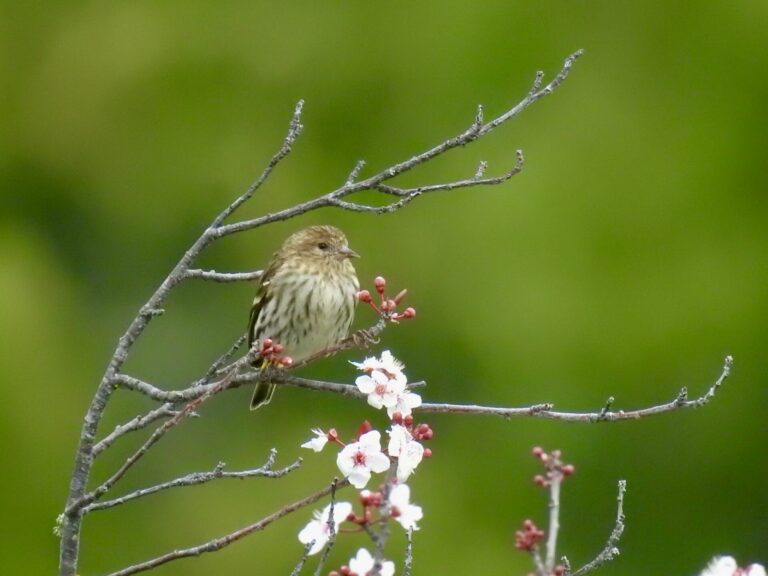
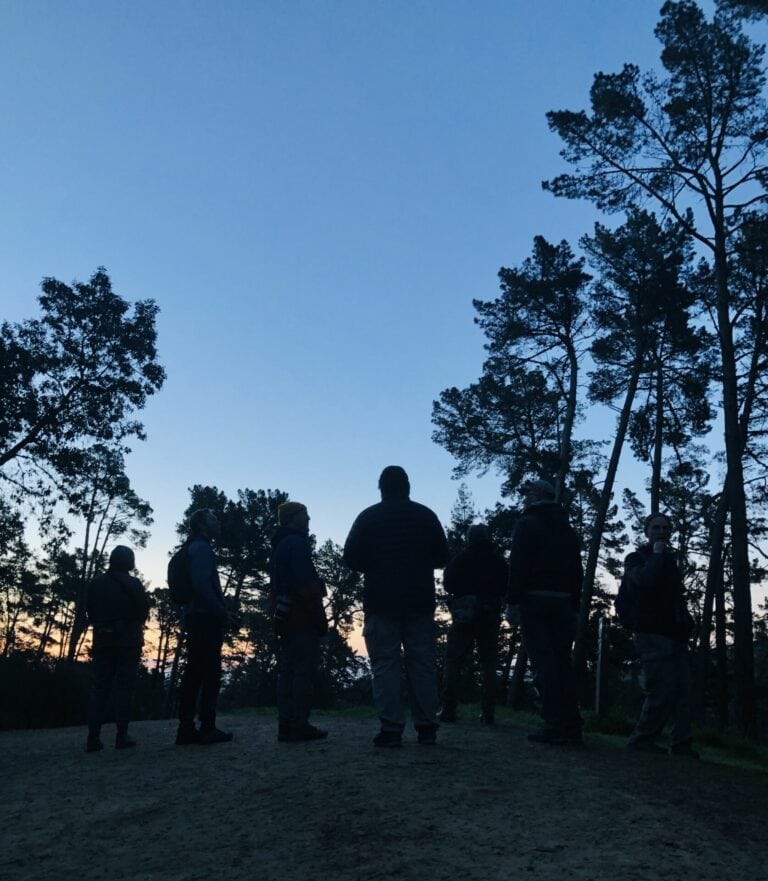

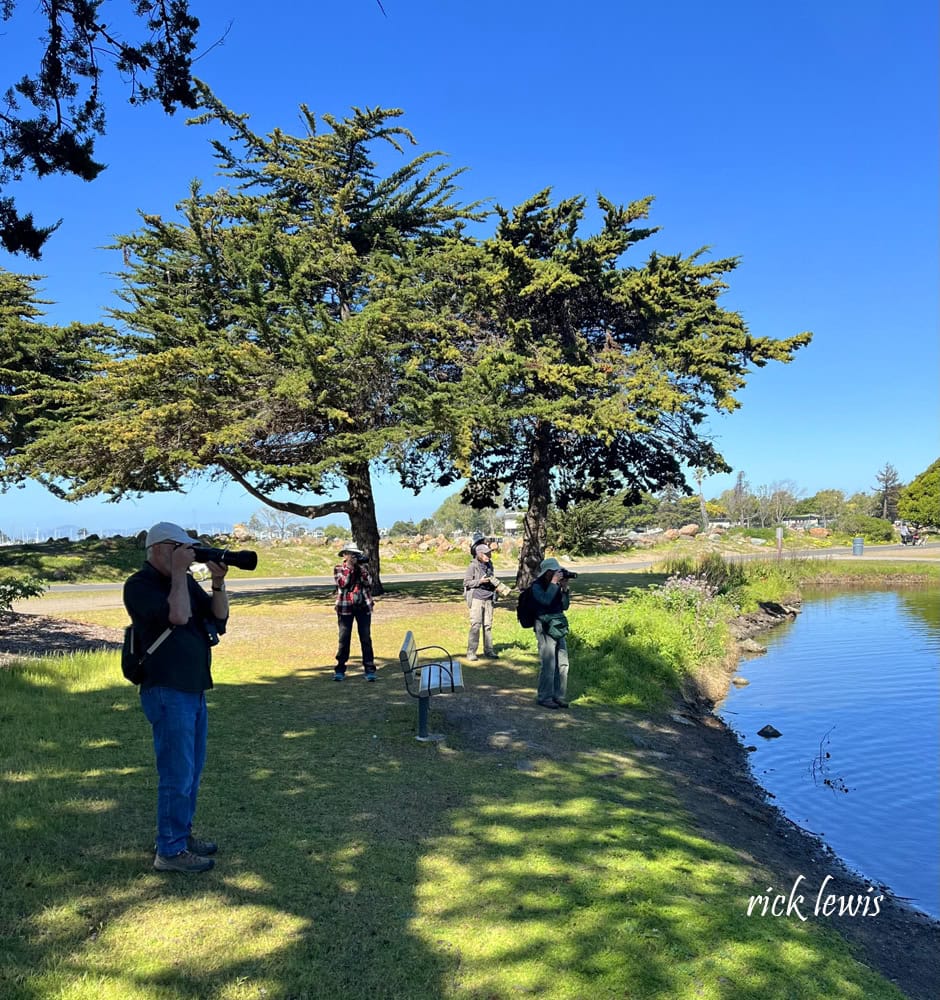 Bird Photographers by Rick Lewis
Bird Photographers by Rick Lewis
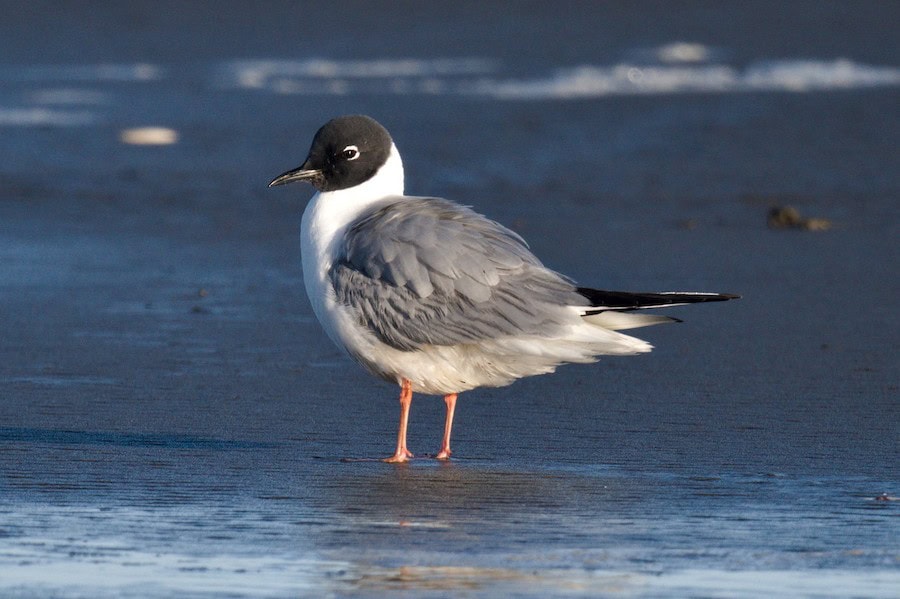 Bonaparte’s Gull by Nico Stuurman
Bonaparte’s Gull by Nico Stuurman
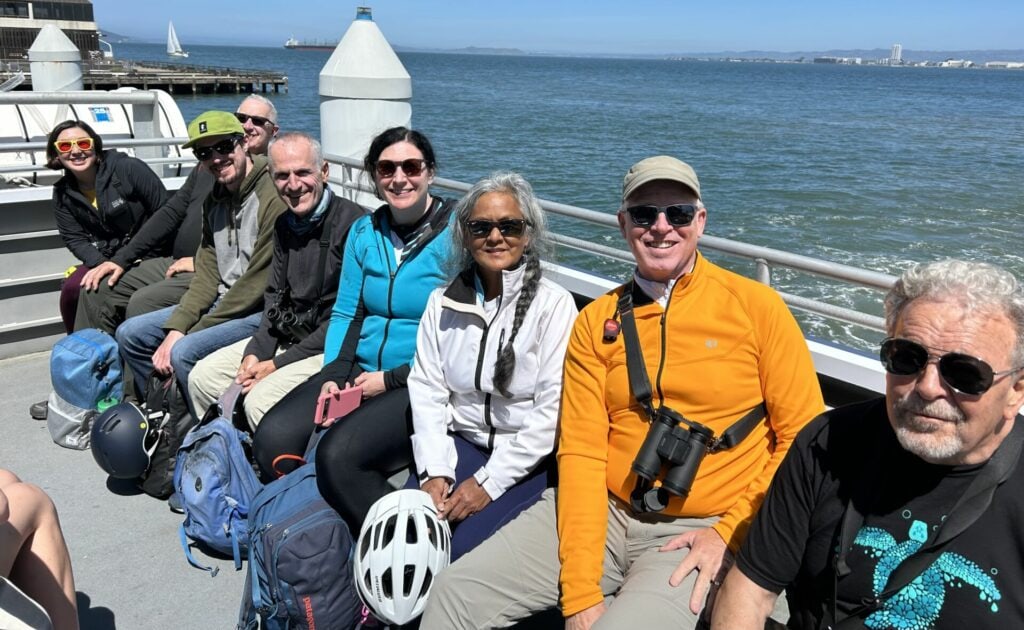 Birding by Boat by Jeff Manker
Birding by Boat by Jeff Manker
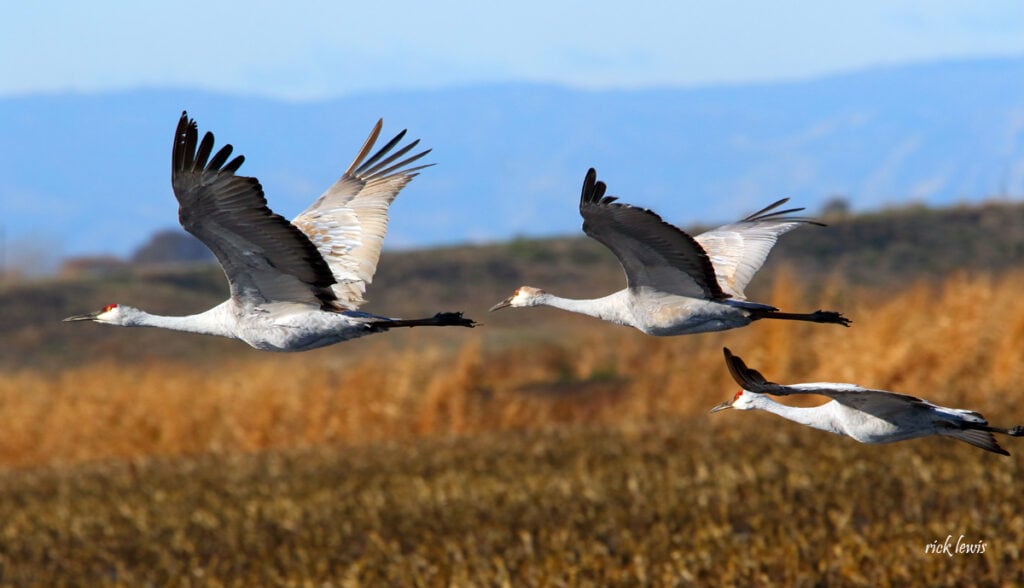 Sandhill Cranes in Lodi by Rick Lewis
Sandhill Cranes in Lodi by Rick Lewis

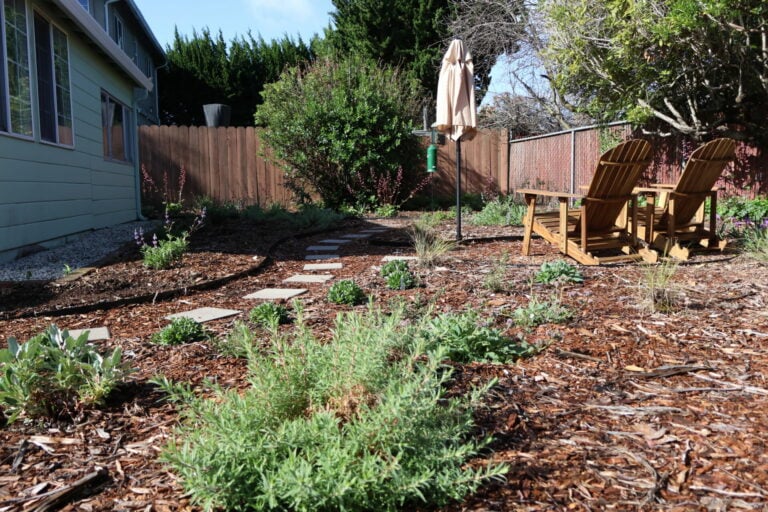
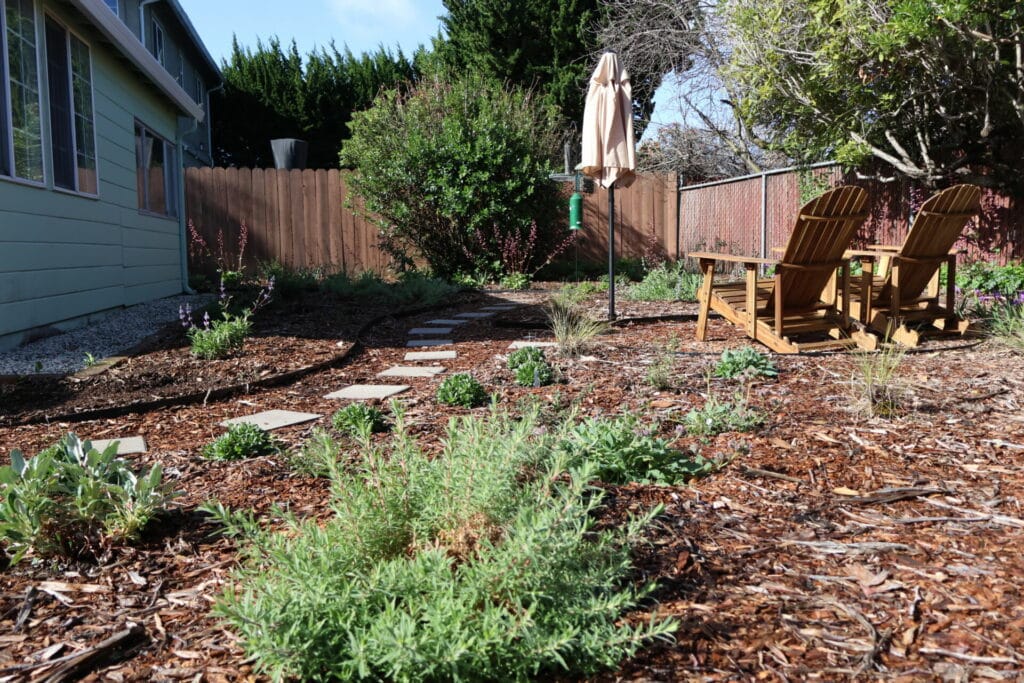 A native plant garden designed to attract birds and pollinators in the East Bay. Photo was taken three months after planting, leaving enough space for each to grow. Photo by Brandon Morgan.
A native plant garden designed to attract birds and pollinators in the East Bay. Photo was taken three months after planting, leaving enough space for each to grow. Photo by Brandon Morgan.
 This large shrub (a non-native camellia) was planted right next to the house and will need to be pruned regularly. Large plant roots can impact foundations. Photo by Amy Chong.
This large shrub (a non-native camellia) was planted right next to the house and will need to be pruned regularly. Large plant roots can impact foundations. Photo by Amy Chong.
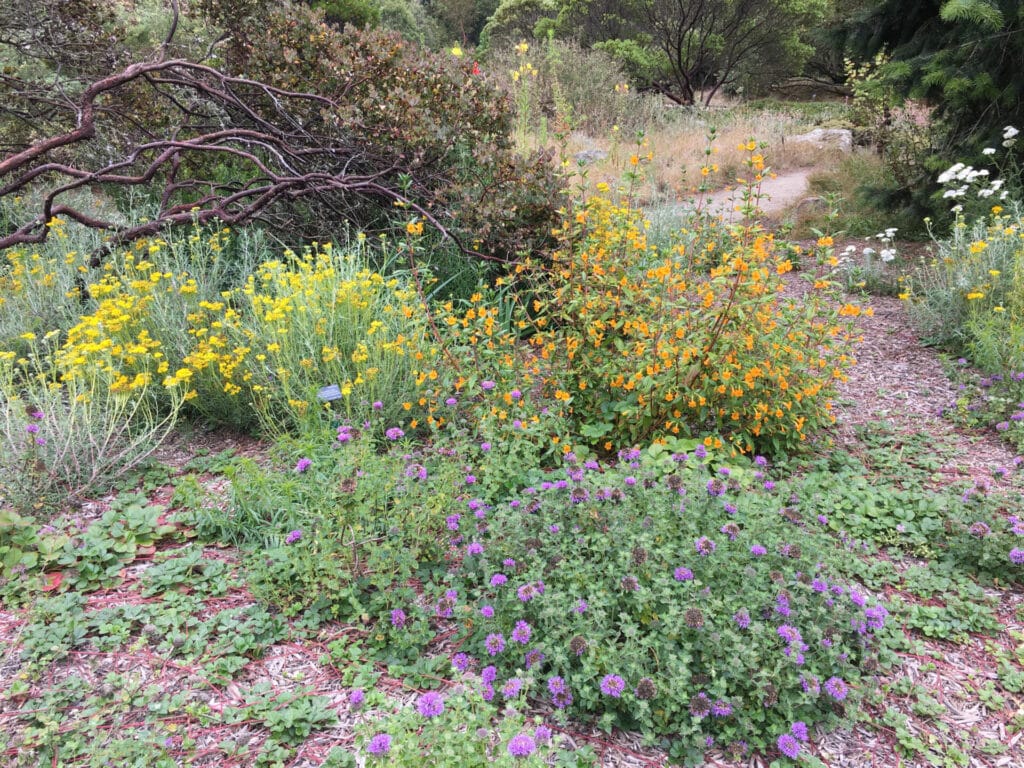 These native plants are spaced well, with strawberry as ground cover, different small flowering perennials, and a small tree—manzanita—arching over in the back. Photo by Amy Chong.
These native plants are spaced well, with strawberry as ground cover, different small flowering perennials, and a small tree—manzanita—arching over in the back. Photo by Amy Chong.